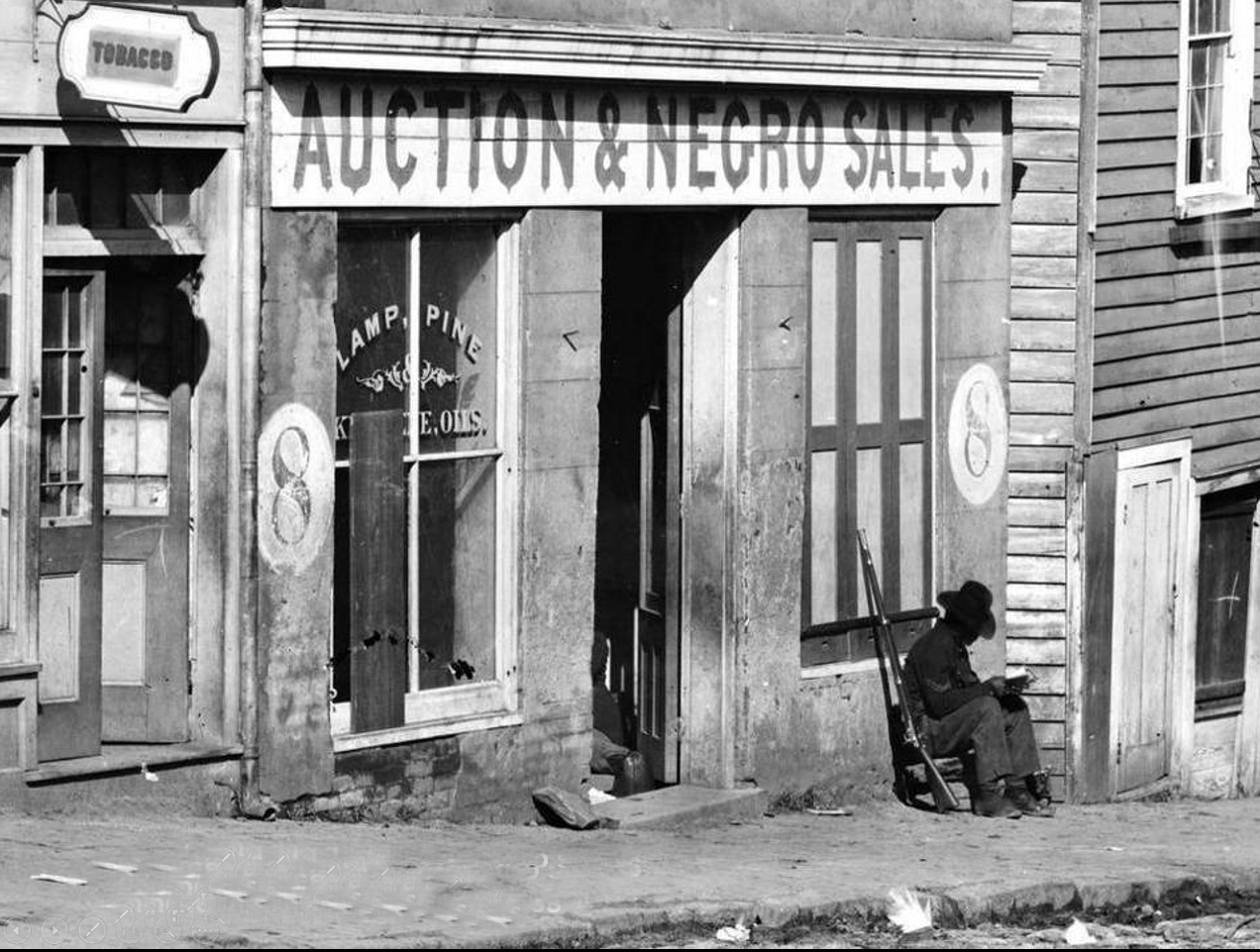|
Fifth Ward (Atlanta)
Atlanta's Fifth Ward encompassed mainly what is now the part of downtown and midtown between the west side of Peachtree and the Western and Atlantic Railroad. 1854 The 1848 charter only specified election of six citywide councilmembers, but on January 9, 1854 an ordinance was adopted that divided the town into five wards and two councilmen from each ward would be elected to coincide with the completion of the first City Halls of Atlanta, official city hall. The next election with the new rules on January 15, 1855 decided those first Ward bosses who would serve with the short-term mayor, Allison Nelson. The Fifth Ward was laid out west of Ivy and north of A&W Railroad. This ward contained the large homes along Peachtree Street and the southern part, Fairlie-Poplar was also largely residential with warehousing along the western part. 1871 During a huge boom of post-war building, two new wards were added from parts of the First, Fourth and Fifth to reflect the changing look of the ... [...More Info...] [...Related Items...] OR: [Wikipedia] [Google] [Baidu] |
Atlanta
Atlanta ( ) is the List of capitals in the United States, capital and List of municipalities in Georgia (U.S. state), most populous city in the U.S. state of Georgia (U.S. state), Georgia. It is the county seat, seat of Fulton County, Georgia, Fulton County and extends into neighboring DeKalb County, Georgia, DeKalb County. With a population of 520,070 (2024 estimate) living within the city limits, Atlanta is the eighth most populous city in the Southeastern United States, Southeast and List of United States cities by population, 36th most populous city in the United States according to the 2020 United States census, 2020 U.S. census. Atlanta is classified as a Globalization and World Cities Research Network#Beta +, Beta + global city and is the principal city of the much larger Atlanta metropolitan area, the core of which includes Cobb County, Georgia, Cobb, Clayton County, Georgia, Clayton and Gwinnett County, Georgia, Gwinnett counties, in addition to Fulton and DeKalb. ... [...More Info...] [...Related Items...] OR: [Wikipedia] [Google] [Baidu] |
Western And Atlantic Railroad
The Western & Atlantic Railroad of the State of Georgia (W&A) is a railroad owned by the State of Georgia and currently leased by CSX, which CSX operates in the Southeastern United States from Atlanta, Georgia, to Chattanooga, Tennessee. It was founded on December 21, 1836. The city of Atlanta was founded as the terminus of the W&A, with the terminus marked with the Atlanta Zero Mile Post. The line is still owned by the State of Georgia from Atlanta to CT Tower in Chattanooga; it is leased by CSX Transportation. The W&A Subdivision is a railroad line leased by CSX Transportation in the U.S. states of Tennessee and Georgia. The line runs from Chattanooga to Marietta, Georgia for a total of . At its north end, it continues south from the Chattanooga Subdivision of the Nashville Division and at its south end it continues south as the Atlanta Terminal Subdivision (Chart A). This line, originally built to gauge, is famous because of the Great Locomotive Chase, also referred to a ... [...More Info...] [...Related Items...] OR: [Wikipedia] [Google] [Baidu] |
City Halls Of Atlanta
Atlanta City Hall is the headquarters of the City of Atlanta government. It was constructed in 1930, and is located in Downtown Atlanta. It is a high-rise office tower very similar to dozens of other city halls built in the United States during the same time period. Located in South Downtown, it is near other governmental structures, such as the Georgia State Capitol and the Fulton County Courthouse. The Neo-Gothic structure features many architectural details that have helped to make the building a historical landmark. It is Atlanta’s fourth city hall. History Early city hall buildings After half a decade of makeshift meeting places for city business (including hotels and grocery stores), in 1853 mayor of Atlanta John Mims purchased the four-acre (16,000 m2) “Peters’s Reserve” from Richard Peters for $5,000. On this land (current site of the Georgia State Capitol) was built a two-story brick structure (with an additional two-story cupola) for the city hall as we ... [...More Info...] [...Related Items...] OR: [Wikipedia] [Google] [Baidu] |
Allison Nelson
Allison Nelson (March 11, 1822 – October 7, 1862) was the ninth mayor of Atlanta, serving from January until July 1855, when he resigned from office. He died of disease in Prairie County (present-day Lonoke County), Arkansas, during the American Civil War. Early life His father, John B. Nelson, was an early DeKalb County settler who operated Nelson's Ferry across the Chattahoochee River until murdered by John W. Davis in 1825. Political career In a close election for mayor, Nelson, running as a Democrat, defeated the Know Nothing candidate, Ira O. McDaniel, but resigned in July when the city council reduced a fine he had levied on two young men for destroying city property, thus leaving John Glen as the acting mayor. Nelson left for Kansas during the border disputes, then moved to Meridian, Texas, where he was involved with Indian affairs, serving under Lawrence S. Ross, and in 1860 was elected to the legislature. Military service and death During the Mexican–Am ... [...More Info...] [...Related Items...] OR: [Wikipedia] [Google] [Baidu] |
Peachtree Street
Peachtree Street is one of several major streets running through the city of Atlanta, Georgia, United States. Beginning at Five Points (Atlanta), Five Points in downtown Atlanta, it runs North through Midtown Atlanta, Midtown; a few blocks after entering into Buckhead (Atlanta), Buckhead, the name changes to Peachtree Road at Palisades Road. Much of the city, city's historic and noteworthy architecture is located along the street, and it is often used for annual parades, (such as the Atlanta St. Patrick's Day Parade and Atlanta Children's Christmas Parade, Christmas Parade), as well as one-time parades celebrating events such as the 100th anniversary of Coca-Cola in 1986 and the Atlanta Braves' 1995 World Series, 1995 and 2021 World Series, 2021 World Series victories. History Atlanta grew on a site occupied by the Creek (people), Creek people, which included a major village called Standing Peachtree. There is some dispute over whether the Creek settlement was called Standing ... [...More Info...] [...Related Items...] OR: [Wikipedia] [Google] [Baidu] |
Seventh Ward (Atlanta)
Seventh Ward may refer to: *7th Ward of New Orleans The 7th Ward (Seventh Ward) is a legally defined voting ward and a neighborhoods in New Orleans, neighborhood of the city of New Orleans. A sub-district of the Mid-City District Area, its boundaries as defined by the New Orleans City Plannin ..., a ward of New Orleans * Seventh Ward, New Orleans, a neighborhood of New Orleans * Ward 7 of the District of Columbia, a ward of Washington, D.C. * 7th ward, Chicago, an aldermanic ward of Chicago * Ward 7, St. Louis City, an aldermanic ward of St. Louis *Ward 7, the name of several wards of Zimbabwe * Bay Ward, Ottawa (also known as Ward 7) * Ward 7 (Windsor, Ontario) *''Ward 7'', novel by Ukrainian author Valery Tarsis {{disambig ... [...More Info...] [...Related Items...] OR: [Wikipedia] [Google] [Baidu] |
Atlanta Ward System
From its incorporation in 1847, the municipal boundaries of Atlanta, Georgia, United States, were extended repeatedly from a small area around its railroad station to today's city covering . Prior to 1954, Atlanta was divided into political divisions called wards. The number of wards were increased as the city grew. List of annexations Annexations by year 1847 City is incorporated — city limits are a radius from the zero mile marker of the Western & Atlantic Railroad. City covers , . 1854 The 1848 charter only specified election of six citywide councilmembers, but on January 9, 1854, an ordinance was adopted that divided the town into five wards and two councilmen from each ward would be elected to coincide with the completion of the first official city hall. The next election with the new rules on January 15, 1855, decided those first Ward bosses who would serve with the short-term mayor, Allison Nelson. The boundaries were as follows: *First (yellow): all land wes ... [...More Info...] [...Related Items...] OR: [Wikipedia] [Google] [Baidu] |



